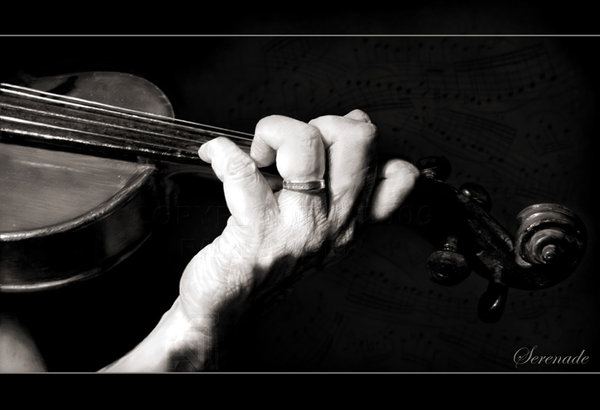|
| |
Instrument Care
There are many things as a parent you should know about care of a string instrument. These things are taught (hopefully) in orchestra but are not always practiced at home. By being aware of things, you will be able to help keep a better watch on your child's instrument and see if they are taking good care of it.
- Avoid extreme
temperatures. Do not leave
instrument in the car during the summer or winter months. Do not leave next to heaters or radiators.
- Do not leave instrument in direct sunlight, as with the heat. The Glue can dissolve and the varnish can bubble.
- Transport your instrument
carefully, especially for cellos/basses that use a soft case. If your child rides the bus makes sure
he is careful that the bridge is not bumped. The bridge can be put on by the teacher (if it does not break when it falls) but if the soundpost
is knocked down it will need to be taken to a professional string repair to be
reset.
- Do not use regular furniture polish on string instruments, it will hurt the sound. Instrument polish or treated rags can be purchased at music stores or online.
- When changing the strings, do it one at a time so the bridge does not collapse. New strings will take a few days to stay in tune and stop stretching. They need to be tuned frequently. Do not change them right before a concert.
- NEVER try to do home repairs. If something breaks or needs to be fixed take it to a professional.
- When finished playing, always wipe instrument off with a natural fiber cloth to avoid rosin build up (handkerchief, bandana, new cloth diaper).
- Violins and violas-occasionaly check behind the fine tuners to see if it is digging into the instrument. If it is loosen and then use the peg to re-tighten, or point it out to your private instructor to fix the problem.
- When changing strings, do so one at a time so that the bridge does not fall over and it remains properly placed. Also remember that the strings will take a while to adjust so do not do right before a performance or the instrument will go out of tune.
- Make sure your instrument is labeled with a name, address and phone number.
About the bow:
-
Never touch the bow hair
with your fingers. The grease from
your hands makes the hair not hold the rosin well.
- Rosin the bow slowly in both
directions. Use long strokes that span the whole length of the bow. Fast strokes in small sections of the bow creates heat which can
melt the rosin.
- When a hair breaks on the bow, cut it with scissors or a fingernail clipper. Pulling the hair out can loosen the other hairs.
- Rosin is very breakable and
will shatter if dropped. After
use, place on the floor instead of the stand so it does not get knocked off.
- Bow must be tightened and
loosened with every practice session. Like a bow and arrow, if the bow is left tight all the time it will lose
its spring. A bow when tightened correctly should have a slight curve in it. You should be able to fit
your pinky in between the hair and the wood of the bow. If there is no curve in the wood, it is
too tight.
- Bows are not swords or light sabers! Treat them with respect :-)
Example of good instrument care
in a practice session:
- Cellos and basses with
soft cases-Remove bow FIRST
- Open case and remove
instrument
- Tighten bow
- Rosin bow if needed
- Tune (if the student knows how)
- Practice
- Clean rosin off strings
and instrument with a soft cloth, staying off the upper part of the fingerboard
- Loosen bow
- Put instrument back in
case
- Cellos/basses with soft
cases bows must go in last.
**For a printable version of this list, click HERE.
|

